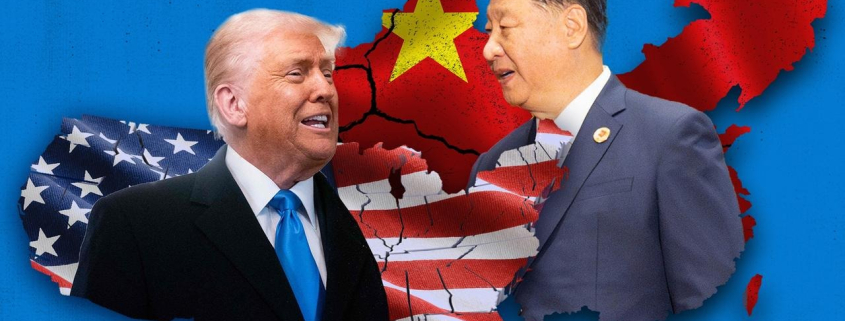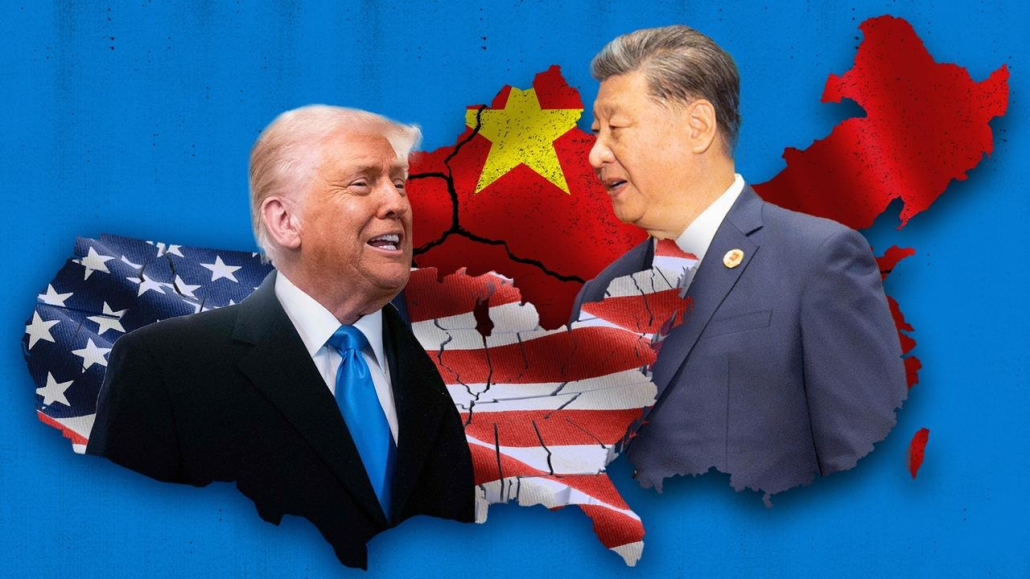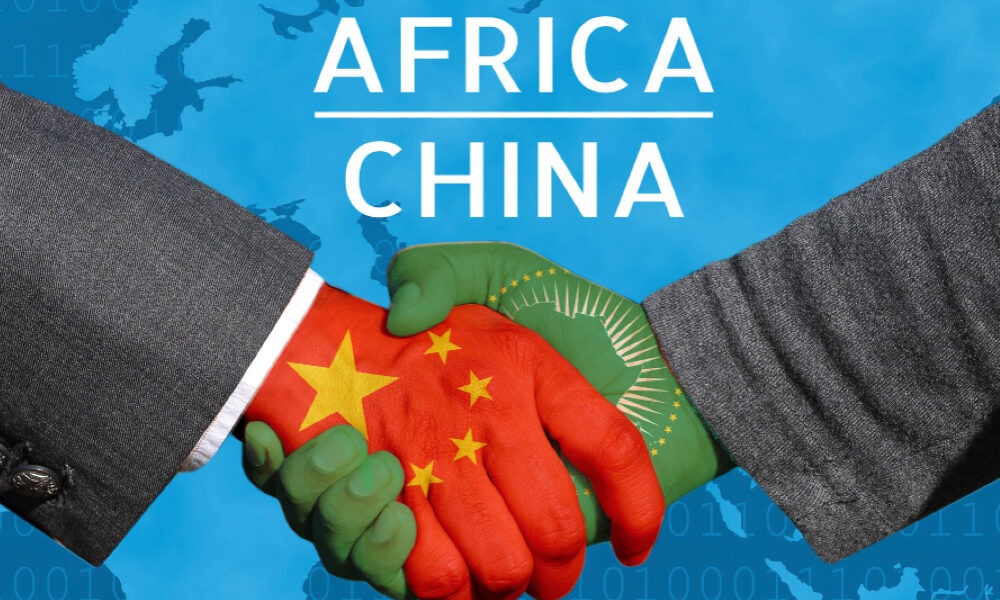After all, the United States is the largest beneficiary of China’s global loans!

João Shang – Research Associate at CEDESA and Kwenda Institute
An overlooked fact that is redefining the global narrative
For many years, Washington and its allies have repeatedly warned countries about the “risks of Chinese loans,” portraying China’s international financing as a supposed “debt trap.” However, AidData’s latest report reveals a disruptive fact: between 2000 and 2023, the United States was actually the country that received the most official Chinese loans worldwide.
Of the $2.2 trillion in foreign loans granted by China to more than 200 countries and regions, more than $200 billion went to the US. That’s nearly 2,500 projects, spread across virtually every US state.
This result not only contradicts the prevailing perception in the international media, but also offers a new perspective on global capital flows. The world has always associated Chinese loans with development financing and infrastructure exports to poor countries. However, reality shows that Chinese capital has penetrated deeply into the global value chains of more developed countries, reshaping the international financial order.
Why has the United States become the “biggest beneficiary”?
According to AidData data, Chinese loans to the US are mainly concentrated in three areas:
1. Credit for corporate liquidity: the “hidden dependence” that the US avoids admitting
More than half of the loans involve syndicated loans in which Chinese banks participate. Many multinationals—including Fortune 500 companies—have turned to Chinese financing when facing cash pressures, undergoing mergers, or seeking to expand operations.
These loans do not involve controlling stakes or transfers of power and are common practice in the international financial market. But they reveal one fact: Chinese capital has become an indispensable part of the U.S. corporate financing system — something that contrasts with the traditional narrative that “the U.S. economy is financially self-sufficient.”
2. High-tech acquisitions: the “Chinese shadow” in sensitive US industrial chains. The report cites several cases of Chinese companies acquiring US technology companies, such as OmniVision (image sensors), Paslin (industrial automation), and Ingram Micro (electronic distribution).
All of these transactions received financing from Chinese state institutions. Even when some companies were subsequently acquired by US capital, Chinese financing was crucial in enabling the transactions at the decisive moment. This demonstrates that Chinese capital has already played a significant role in the US technology ecosystem—something largely ignored by US political discourse.
3. Infrastructure investments: from natural gas to airports
From LNG facilities to pipelines, transmission lines, and airport terminals, several strategic US projects have received official Chinese financing. Although the internal US debate often treats these initiatives with concern, AidData shows that, over the past twenty years, dozens of projects essential to US economic security have had Chinese financial participation.
The profound transformation of China’s external lending structure: from aid to strategic investment. The traditional view that Chinese loans are directed primarily to developing countries is outdated.
The report reveals a structural change: In 2000: 88% of loans went to low-income countries. In 2023: only 24%. The main current beneficiaries: US, UK, European Union. This change reflects a combination of China’s national strategy, financial expansion, and industrial evolution.
The impact of “Made in China 2025”
The plan launched in 2015 prioritized sectors such as robotics, automation, aerospace, new materials, semiconductors, and information technology.
AidData notes that after 2015, Chinese loans for international mergers and acquisitions grew rapidly, reflecting this strategy. Thus, China uses state capital to fill technological gaps and integrate into advanced value chains through global acquisitions.
Accelerated expansion of loans for strategic minerals. Between 2021 and 2023, China approved more than 100 financing projects related to critical minerals, totaling more than $14 billion, focused on: lithium (electric cars), cobalt, copper, rare earths, and strategic materials. This reveals a clear strategy: to build a “global resource security network” through loans.
Change of stance in the US and Europe: from criticism to imitation
The geopolitical significance is clear: over the last decade, the G7 countries have changed their attitude. US: from criticism to resumption of state financing. After reducing foreign aid during the Trump administration, the US has significantly increased the budget of the US International Development Finance Corporation (DFC), expanded loans even to rich countries, and strengthened the supervision of foreign investments with national security criteria. This shows that the US has realized that without competing in strategic financing, it would lose ground to China.
Europe: criticizing China, copying China, competing with China
The United Kingdom has reviewed Chinese investments in nuclear energy and ports. The European Union has launched Global Gateway, countering Belt and Road. Germany and France have strengthened protection against foreign acquisitions of high-tech companies. Europe is full of contradictions: it criticizes Chinese financing, but imitates Chinese methods to compete with them.
Global capital competition has entered the “era of geo-finance.”
Data shows that loans are no longer just economic instruments, but tools for international influence, technological acquisition, supply chain construction, and securing strategic resources.
In this context, capital competition will have three levels: Developed countries: competition for technologies and strategic assets. Global South: competition for influence. Resource countries: focus on minerals and energy. The old “aid paradigm” is disappearing.
China-US financial relations will be more interdependent and more complex
Even with greater regulatory scrutiny, the US financial market cannot completely block Chinese capital: syndicated loans have multiple participants, and global supply chains remain highly interdependent. The future will be a scenario of “superficial tightening, real interdependence.”
A global financial story misunderstood for twenty years
Labels such as “Chinese debt export” or “debt trap” have been widely politicized, suggesting that Chinese capital was limited to the developing world.
AidData debunks this narrative:
The biggest beneficiaries were not the poorest, but the richest.
Global competition is not only taking place in the Global South, but also within the developed world.
The real change is not China leaving—it is the financial world moving toward China.
We are facing a silent but profound transformation that alters the global balance of power and redefines the dynamics of international capital.
Over the next ten years, global competition will not only be technological, but also a competition between financial systems — and their rules are increasingly aligned with the model that China has championed and is now expanding to the world.



















